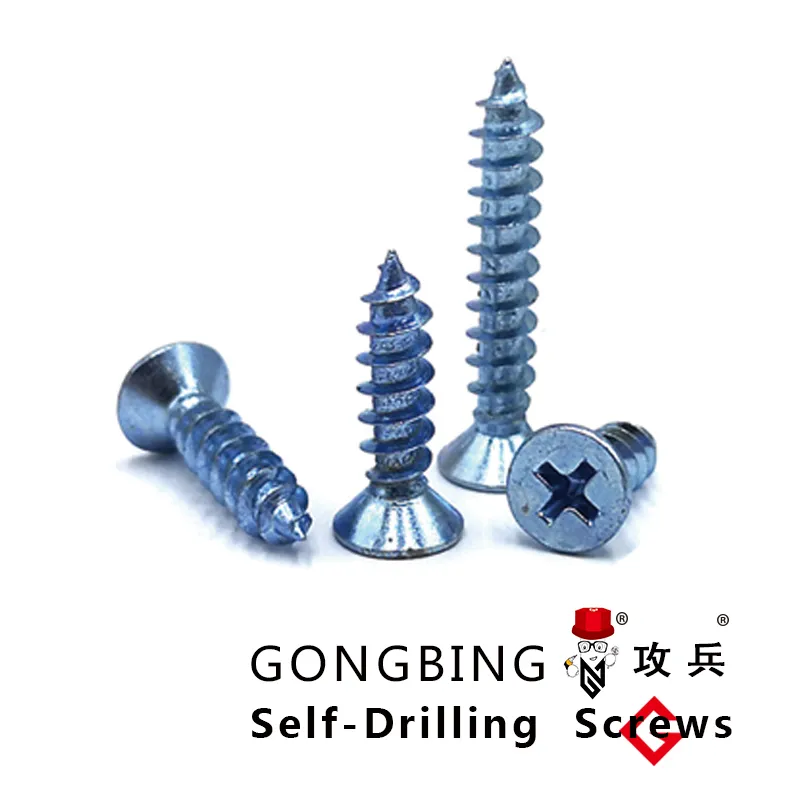Understanding the Role and Application of Chemical Anchor Bolts in Construction
Understanding Chemical Anchor Bolts
Chemical anchor bolts are a crucial element in modern construction and engineering, providing a superior solution for securing structural elements to concrete and masonry. Unlike traditional mechanical anchors that rely on physical expansion, chemical anchors employ a resin-based bonding system to create a durable and strong connection. This article will explore what chemical anchor bolts are, how they work, their applications, and the advantages they offer.
What Are Chemical Anchor Bolts?
Chemical anchor bolts are specialized fasteners that utilize a combination of a threaded rod or bolt and a two-part chemical adhesive, usually in the form of a resin. These anchors are designed to be installed into pre-drilled holes in concrete or masonry materials. The resin is mixed and injected into the hole before the anchor is inserted. As the resin cures, it bonds with both the anchor and the surrounding substrate, creating a robust hold that can withstand significant loads and environmental conditions.
How Do They Work?
The installation process of chemical anchor bolts is relatively straightforward but requires careful attention to detail. First, a hole is drilled to the required depth and diameter into the concrete or masonry surface. The dust from drilling must then be cleaned out to ensure a proper bond. Once the hole is prepared, the chemical adhesive is mixed (if two-part) or dispensed directly from a cartridge. The anchor bolt is then inserted into the resin-filled hole, ensuring adequate coverage around the shaft. After the resin has cured, usually within a few hours, the anchor achieves its full strength.
The chemical bonding mechanism is what sets these anchors apart from their mechanical counterparts. The resin fills any voids between the bolt and the substrate, creating a strong, adhesive connection that distributes load across a larger area. This method not only provides enhanced pull-out resistance but also allows for the use of different materials that may not accommodate traditional anchoring methods.
Applications of Chemical Anchor Bolts
what is chemical anchor bolts

Chemical anchor bolts are versatile and can be used in a variety of applications
. They are commonly employed in1. Structural Engineering Securing beams, columns, and trusses in construction projects. 2. Infrastructure Anchoring traffic signs, light poles, and utility structures to ensure stability. 3. Industrial Settings Mounting heavy machinery and equipment where high load capacities are required. 4. Renovations Fixing stairs, rails, and fixtures in both commercial and residential properties.
Their adaptability makes them a favored choice for tasks requiring reliability in demanding environments.
Advantages of Chemical Anchor Bolts
The benefits of chemical anchor bolts are numerous
- Higher Load Capacities They can handle greater loads than many mechanical anchors, making them suitable for heavy-duty applications. - Less Sensitivity to Installation Variations The chemical bonding allows for a more forgiving installation, as variations in hole size and cleanliness are less detrimental to performance. - Improved Environmental Resistance They can withstand adverse conditions such as moisture and temperature fluctuations, which is a significant advantage in outdoor applications. - Minimal Drilling Depth The capability to use shorter embedment depths without sacrificing strength is a logistical plus in construction.
Conclusion
In summary, chemical anchor bolts are a sophisticated solution for securing structural elements in concrete and masonry applications. Their unique bonding capabilities, combined with a wide range of applications and benefits, make them indispensable in the fields of construction and engineering. As technology continues to advance, the efficacy and versatility of chemical anchors will likely expand, further solidifying their role in modern construction practices.
-
Weatherproof Plastic Expansion Anchors for OutdoorNewsJun.06,2025
-
Sustainability in the Supply Chain: Eco-Friendly TEK Screws ProductionNewsJun.06,2025
-
Load-Bearing Capacity of External Insulation FixingsNewsJun.06,2025
-
Double Head Bolts: Enhancing Efficiency in Industrial MachineryNewsJun.06,2025
-
Corrosion Resistance in Chipboard Screws: Coatings for Wholesale DurabilityNewsJun.06,2025
-
Butterfly Toggle Bolts : Enhancing Structural ResilienceNewsJun.06,2025
